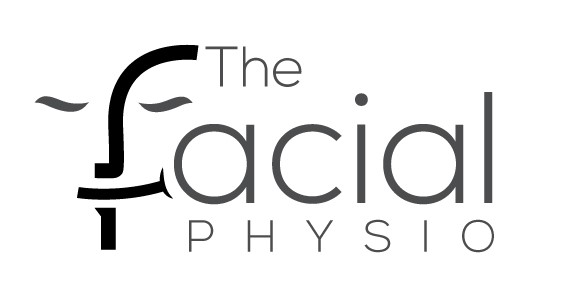I recently attended the Neuro-Otology Society of Australia (NOTSA) combined with the Neuro-ophthalmology Society of Australia (NOSA) meeting 13th - 15th September.
Medicine is constantly evolving, we are learning new techniques, new conditions, new treatments, and learning more about our human body every year.
What I love about these conferences is that even the Vestibular Guru's still admit to not knowing everything and changing their thoughts on papers they wrote 20-30 years ago.
There was so much new information I took away from this conference- but I also thoroughly enjoyed the refresher of past information.
Lopeze- Escamez presented "An overload of missense variants in the OTOG gene in the European population will drive a higher prevalence of familial Meniere Disease". They are now finding that the OTOG gene mutation may have a founder effect and explain the burden of familial meniere's disease in the European population. Isn't this so amazing!
Another great presentation showed that MRI with gadolinim can show the morphologic substrate of Meniere's disease.
There were big discussions (as always) about meniere's disease and vestibular migraine and is there a way to categorise and definitively diagnosis one or the other. The consensus was that Vestibular Migraine still has a signifcant overlap of many symptoms associated with Meniere's disease and other vestibulopathies. Using the term Vestibular migraine is still a challenging diagnosis and one that is more so given after ruling out other pathologies.
Speaking of vestibular migraine, Hannigan et al, did a study of "the effects of non-prescription therapies on vestibular migraine: a questionaire- based observational study. Their results provide preliminary evidence that besbtibular migraine symptom frequency and severities can be reduced by using non-prescription therapies.
At The Facial Physio, we may suggest with headache/migraines/vestibular migraine clients, that it would be worth discussing with your GP or pharmacist the use of non prescription therapies e.g Migraine Care or something similar to trial and see if it does improve your symptoms. The one thing I did note in the Notsa discussion was the Migraine Care does have feverfew in it and so informing any doctor or surgeon prior to operation and to check there is no over lap with other medications is important.
But how exciting that non prescription therapies are having such a favourable outcome with these clients
From a physiotherapy perspective, there was a lot of education on oculomotor examination and in particular saccades and what to be aware of/ what they may be indicating.
The plethora of speakers really honed in on assessing and assessing well! We have skills that can assist an emergency room, that can reduce the need for imaging and that can fast track to a diagnosis. We need to observe our clients- their eye movements, their gait, their balance, their speech.. itis the whole package! MRI will not show up everything in the first 24 hours. More information will be apparent after that period.
I could blog for hours about all the insightful information I gathered from this conference but I will save some take home pearls for another time.
I look forward to the conference next year in Melbourne.
